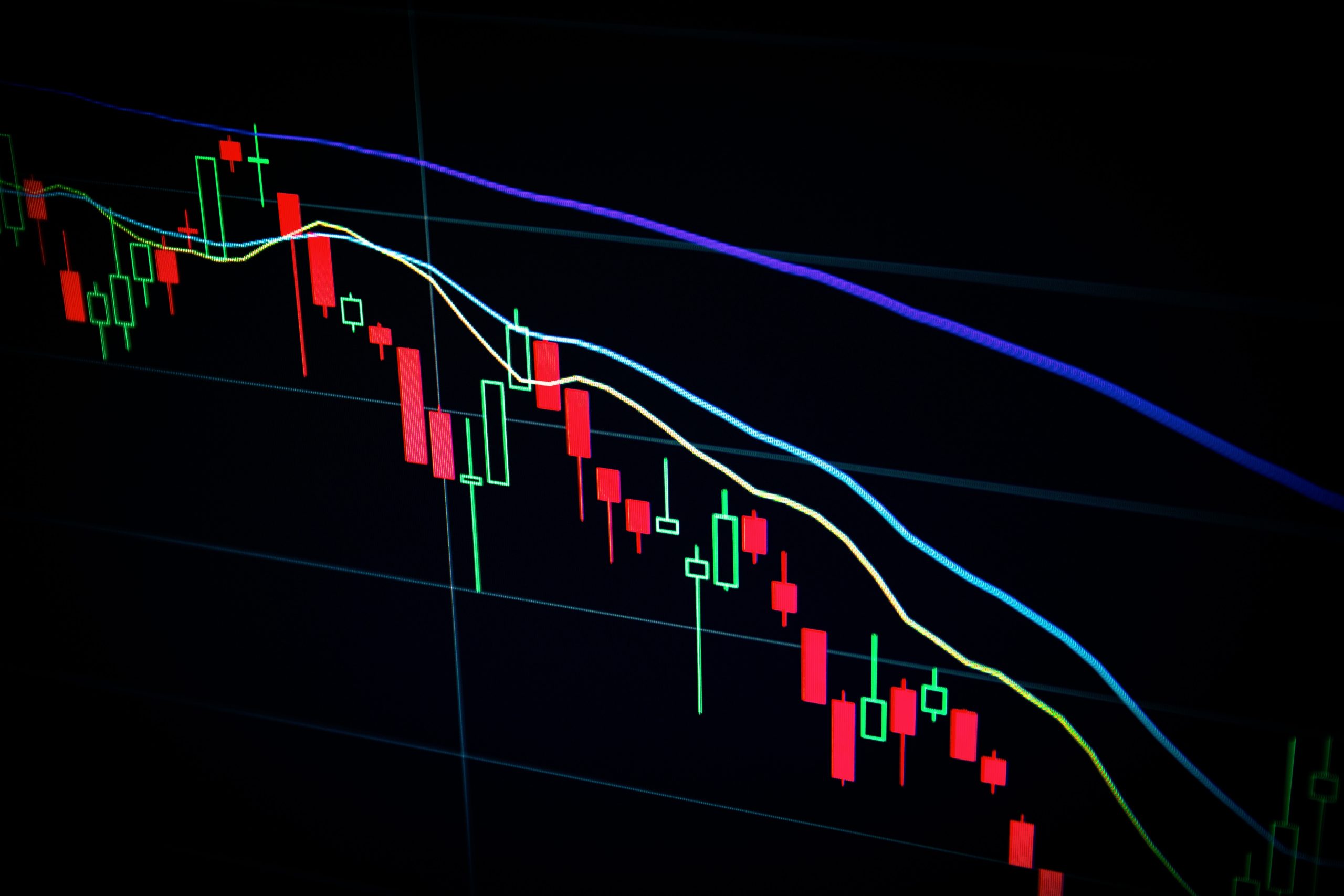Day trading is a popular activity that has captured the attention of many aspiring investors seeking financial freedom. While it can be a lucrative endeavor, it is also a challenging and risky one that requires a solid understanding of the strategies and techniques involved.
As a beginner, it can be overwhelming to navigate the world of day trading and identify the most effective strategies to maximize returns. In this article, we will delve into the top day trading strategies for beginners, providing a comprehensive overview of the technical analysis-based approaches that have been proven to be successful.
We will explore the gap and go, breakout trading, pullback trading, and news trading strategies, providing insights into how each approach works and how it can be applied in different market conditions. Whether you are a seasoned investor looking to expand your knowledge or a beginner seeking to enter the world of day trading, this article will provide you with valuable insights to help you achieve your financial goals.
Key Takeaways
- Day traders aim for monthly returns of 20% or more, with trading strategies based on technical analysis.
- Strategies such as gap and go, breakout trading, pullback trading, news trading, and round number trading are commonly used.
- Day trading requires self-discipline and proper risk management, with a focus on following a trading strategy’s rules.
- Day trading strategies can be used in other markets besides stock markets, and it is recommended to test each strategy on paper before using real money.
Trading Strategies Overview
The overview of trading strategies used by day traders includes gap and go, breakout trading, pullback trading, news trading, and round number trading. These strategies are commonly used by day traders who aim for monthly returns of 20% or more, which translates to annual investment returns of over 200%.
These strategies are based on technical analysis, which involves using historical price and volume data to predict future price movements. Day traders use backtesting techniques to test these strategies using trading simulators and historical data before trading with real money. This helps them to identify the most profitable strategies and make informed decisions based on their own risk tolerance and trading experience.
Risk management techniques are also important in day trading, and traders should set clear profit targets and stop-loss levels to reduce their exposure to risk. By following these strategies and techniques, day traders can maximize their returns and achieve their financial goals.
Technical Analysis-Based Strategies
Technical analysis is a widely used approach in day trading that involves analyzing past market data to identify patterns, trends, and potential future price movements. Traders use technical indicators to assist in their analysis and decision-making process. These indicators include moving averages, relative strength index (RSI), stochastic oscillator, and the moving average convergence divergence (MACD) among others. These indicators help traders identify entry and exit points, trend direction, and potential price reversals.
Managing risk in day trading is crucial, and technical analysis helps traders to do this. It enables traders to identify potential risks before entering a trade and to set stop-loss orders to limit their losses in case the trade goes against them. Additionally, traders can use technical analysis to identify potential profit targets based on their risk-reward ratio. Using technical analysis and indicators, traders can make informed decisions and maximize their returns while managing their risk effectively.
| Technical Indicators | Purpose | |||
|---|---|---|---|---|
| Moving Averages | Identifies trends and potential entry and exit points | |||
| Relative Strength Index (RSI) | Measures overbought and oversold conditions | |||
| Stochastic Oscillator | Identifies potential trend reversals | |||
| Moving Average Convergence Divergence (MACD) | Identifies potential trend reversals and momentum shifts | Bollinger Bands | Identifies potential volatility changes and trend reversals |
Gap and Go
Utilizing the Gap and Go strategy in day trading involves focusing on leading gappers with high trading volume, low bid ask spreads, and high volatility to identify momentum continuation setups. This strategy relies on the idea that stocks that have gapped up or down at the market open will continue to move in the same direction, offering potential profits for traders who can identify these opportunities.
Trading volume analysis is a crucial component of the Gap and Go strategy. Traders look for stocks with high trading volume as it indicates that there is significant interest in the stock, making it more likely to continue its momentum.
Additionally, traders look for low bid ask spreads as this indicates a high level of liquidity in the stock, making it easier to enter and exit positions.
Finally, high volatility is a key characteristic of gapping stocks as it provides the potential for large gains. By identifying leading gappers with these three characteristics, traders can aim to maximize their returns through momentum continuation setups.
Breakout Trading
Breakout trading is a popular day trading strategy that involves buying a stock immediately after it breaks through a significant resistance level.
This can include intraday highs or pivot point price levels, which can potentially lead to profitable gains.
When executed correctly, this strategy can be a highly effective method for maximizing returns in day trading.
However, it is important to note that breakout trading comes with risks, and proper risk management is crucial for success.
Traders must be able to identify strong entry points and set clear profit targets and stop-loss levels to minimize losses.
Additionally, traders should be aware of market news and monitor price action closely to make informed decisions.
By following these guidelines and maintaining discipline, breakout trading can be a valuable tool for beginner day traders looking to maximize their returns.
Pullback Trading
To execute the pullback trading strategy in day trading, traders must observe the stock’s generally upward trend during temporary price retracements and pinpoint a good entry price using moving averages or trendlines. The goal of pullback trading is to enter the market at a lower price during a retracement in the overall trend, with the expectation that the price will continue its upward trajectory.
Using moving averages in pullback trading can be an effective way to identify potential entry points. Traders can use a shorter-term moving average, such as a 10-day or 20-day moving average, to identify the overall trend direction. They can then use a longer-term moving average, such as a 50-day or 200-day moving average, to identify key levels of support where the price may bounce back up.
Similarly, trendlines can be used to identify good entry points during pullbacks. By drawing trendlines connecting the highs and lows of the price movement, traders can identify areas of support and resistance where the price may reverse direction.
Overall, pullback trading can be a useful strategy for day traders to maximize returns by identifying entry points during temporary price retracements.
News Trading
The news trading strategy in day trading involves trading immediately following significant company news and emphasizes the importance of monitoring price action and order status at all times. This strategy is based on fundamental analysis and can be potentially profitable but is also considered risky. Traders must be mindful of the risks involved in this strategy and make informed decisions based on their own risk tolerance and trading experience.
To successfully execute the news trading strategy, traders must consider the following three sub-lists:
- Stop-loss orders should be placed well away from the pre-news release price level to manage potential losses effectively.
- The ideal news trade enters the market immediately upon news release in the direction the stock is most likely to move in reaction to the news.
- It is essential to monitor price action and order status at all times to take advantage of market movements and execute trades quickly.
Risk management is crucial in day trading, and traders must be disciplined and follow a well-defined strategy to maximize profits. The news trading strategy can be a useful tool, but traders must be aware of the potential risks and make informed decisions based on their risk tolerance and trading experience.
Frequently Asked Questions
How much capital do you need to start day trading with these strategies?
Starting day trading with the strategies mentioned requires a minimum investment of at least $25,000 in the United States, according to SEC regulations.
However, there is no guarantee of success, and traders should always prioritize risk management and proper capital allocation.
It is essential to have a solid understanding of the market and the chosen trading strategy before investing any capital.
Additionally, it is crucial to have a plan for both profitable and losing trades, including setting stop-loss levels and profit targets.
Successful day trading requires discipline, patience, and a willingness to learn from both successes and failures.
Therefore, traders should thoroughly educate themselves on the risks and rewards associated with day trading before committing any capital.
What are some common mistakes beginners make when day trading with these strategies?
Common mistakes made by beginners in day trading using these strategies include failure to properly manage risk, lack of discipline, and reliance on emotions to make trading decisions.
Risk management is crucial in day trading as it involves making informed decisions based on risk tolerance and trading experience. Novice traders may also fail to adhere to a trading strategy’s rules, leading to poor decision-making and potential losses. It is important to emphasize the significance of self-discipline in day trading and to set clear profit targets and stop-loss levels.
Additionally, it is advisable to test each strategy on paper before using real money and to monitor market news and Level 2 market liquidity. By avoiding these common mistakes, beginners can increase their chances of success in day trading.
Are there any regulations or restrictions on day trading that beginners should be aware of?
Day trading regulations are in place to protect both the trader and the markets they operate within. One such rule is the pattern day trader rule, which applies to traders who execute more than three day trades in a five-day period. These traders are required to have a minimum account balance of $25,000, otherwise, they will be restricted from day trading.
Additionally, day trading restrictions may apply to certain securities or exchanges, and day trading minimums and margin requirements vary depending on the broker. It is important for beginners to be aware of these regulations and restrictions before engaging in day trading to avoid penalties or potential losses.
How do you know when to exit a trade using these strategies?
Effective trade exit signals are crucial in order to maximize returns while minimizing risks. These signals can be identified through technical analysis, such as the use of moving averages or trendlines to identify key support and resistance levels.
Additionally, traders should set clear profit targets and stop-loss levels at the beginning of each trade, and use a risk-reward ratio of 1:1. Risk management techniques are also essential for successful day trading, including setting a maximum daily loss level and staying aware of market news.
It is important to follow a trading strategy’s rules and to avoid emotional decision-making. By incorporating these trade exit signals and risk management techniques, day traders can increase their chances of success and achieve their desired returns.
Can these strategies be used for trading other financial instruments besides stocks?
Day trading strategies such as gap and go, breakout trading, pullback trading, news trading, and round number trading can be used for trading other financial instruments besides stocks, such as Forex.
However, it is important to consider the advantages and disadvantages of using leverage when implementing these strategies. While leverage can amplify potential profits, it also increases the risk of significant losses.
In Forex trading, high leverage ratios are commonly used, which can lead to larger gains or losses. On the other hand, stocks typically have lower leverage ratios, making them a potentially safer option for beginners.
Ultimately, the choice between Forex and stocks depends on the trader’s risk tolerance, experience, and preference for the type of asset being traded.
Conclusion
In conclusion, day trading is a complex activity that requires a solid understanding of the market, technical analysis, and risk management. By using the top day trading strategies for beginners, investors can increase their chances of success and maximize their returns.
The gap and go, breakout trading, pullback trading, news trading, and round number trading strategies are all effective ways to profit from short-term market movements.
It is important for beginners to start with a small investment and gradually increase their exposure as they gain experience and confidence. Additionally, investors should always have a clear exit strategy in place and avoid making emotional decisions based on fear or greed. As the saying goes, ‘plan your trade and trade your plan.’
In summary, day trading can be a profitable and exciting activity for those who are willing to put in the time and effort to learn the necessary skills. By using the top day trading strategies for beginners and staying disciplined, investors can achieve their financial goals and succeed in the fast-paced world of day trading.










